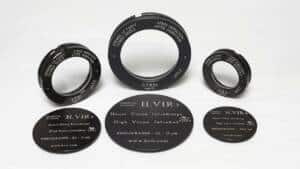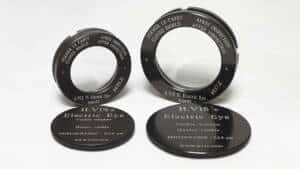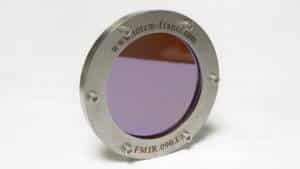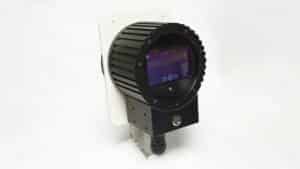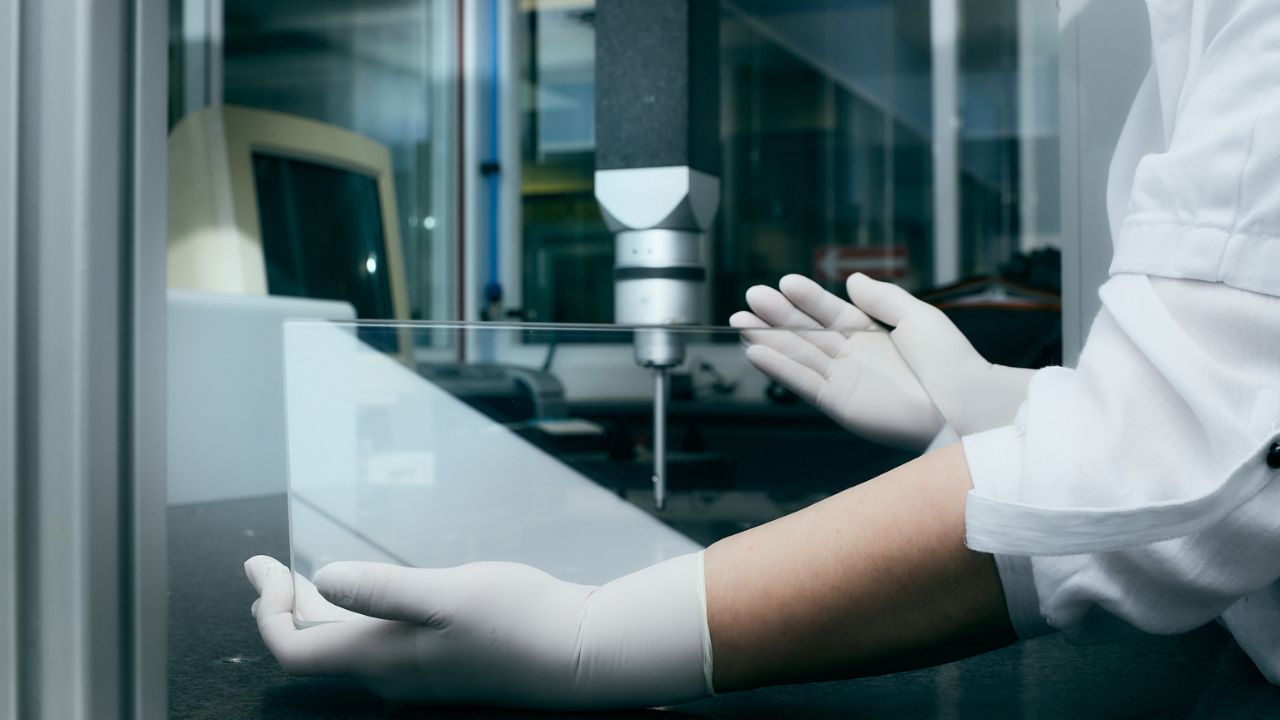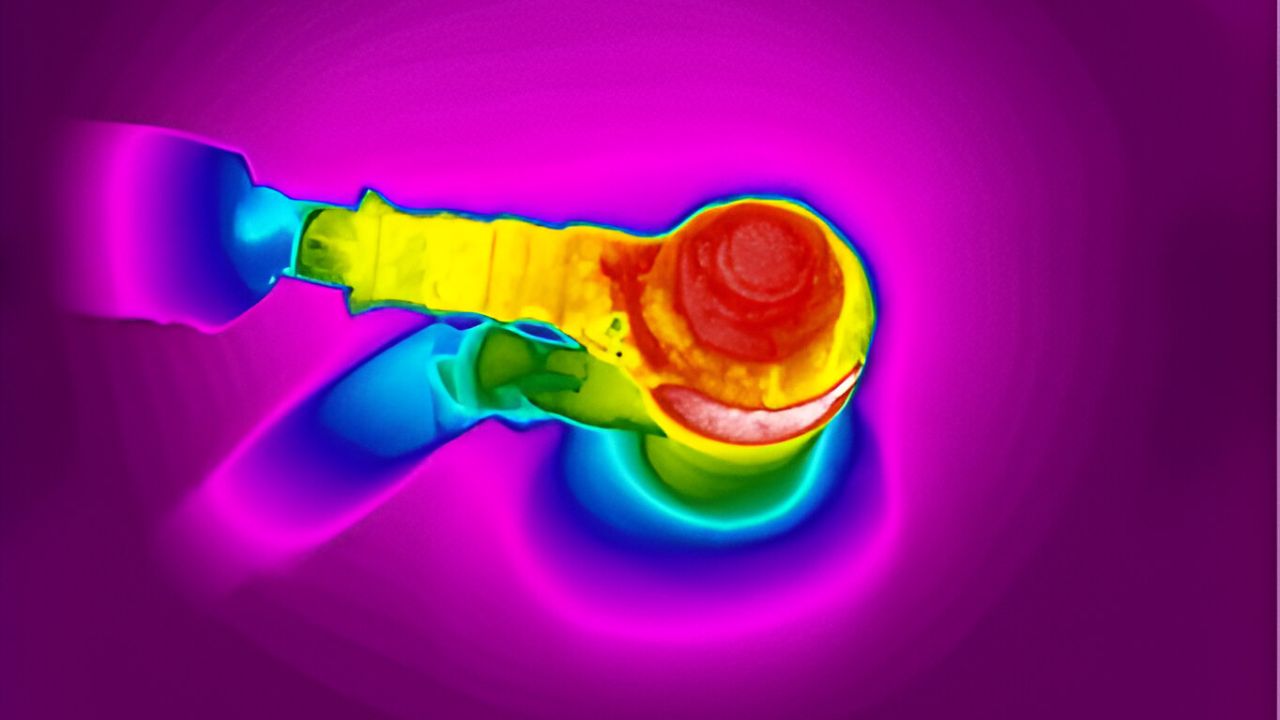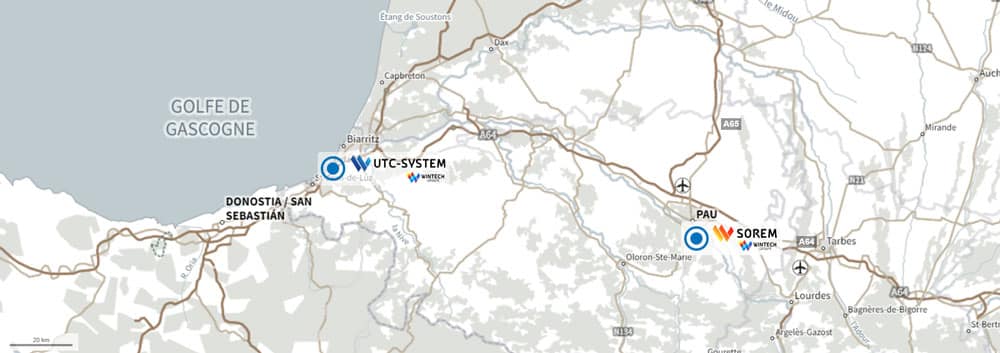Sapphire windows: properties and advantages
Optical windows have many types of uses. Industry, research institutes and laboratories, for example, use optical windows to conduct tests, carry out measurements, inspections, and for applications in the field of spectroscopy. Optical windows make it possible to separate two different environments while letting light through. Designed to work in all areas of the spectrum (UV-VIS-IR), a window can be manufactured from several materials.
The choice of material depends on factors such as transmission, hardness, density, refractive index, coefficient of thermal expansion and chemical resistance. In this context, sapphire is a material of choice for the design of high-performance windows.
Sapphire windows: for use in harsh environments
Optical sapphire (corundum family), also known as synthetic sapphire, is distinguished by high-performance mechanical, thermal and optical characteristics. Sapphire, which is aluminum oxide in its purest form (no porosity or grain limit), is theoretically dense.
This birefringent material is known for its hardness (Mohs 9 – Knoop 1370) It is one of the hardest materials after diamond. Highly scratch-resistant, sapphire provides consistent optical clarity even in abrasive conditions. It also has a high chemical inertness (inert to common alkalis and acids, insoluble in water) essential for optical applications, particularly in the medical and pharmaceutical fields (maintaining the purity of surrounding substances).
Sapphire can be used up to 1000°C. This maximum temperature rating makes it an ideal material for optical windows for high-temperature combustion chambers or furnace systems. Optical sapphire, with a density of 3.95 – 4.03, also has excellent resistance to pressure and thermal shock. Sapphire windows are recommended for harsh environments: high pressure, vacuum, corrosive atmospheres, high temperatures, etc.
Finally, sapphire has a good transmission from UV (200nm) to infrared (4.5 μm) without the addition of any treatment (anti-reflection, filter). Sapphire windows can be used for experiments or research requiring the use of a visible and/or infrared (near/medium) camera.
Ultrasonic technology for high-quality sapphire portholes
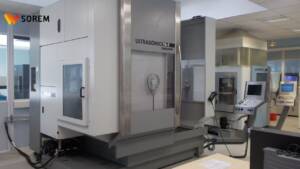
The manufacture of sapphire windows requires special tools due to the hardness of the material. Machining of sapphire is possible thanks to the use of ultrasonic technology (shape reproduction process by abrasion). This expertise is essential for designing and manufacturing sapphire windows that are highly resistant and have excellent transparency. The manufacturing time, which can range from a few hours to several days, depends on the complexity of the optical part.
SOREM, a subsidiary of Wintech Groupe, is one of the few companies to machine sapphire in Europe. Our long experience and know-how in polishing sapphire, coupled with the use of ultrasonic technology, allows us to adapt this hard material to many projects and applications.
More generally, there are two types of optical windows produced by ultrasonic machining: “parallel” windows used to minimize distortion of a transmitted beam of light of a specific wavelength and “prismatic” windows used to direct transmitted light at a specific angle and reduce rear reflection. Ultrasonic machining also makes it possible to design custom windows to meet precise specifications.
Examples of sapphire windows
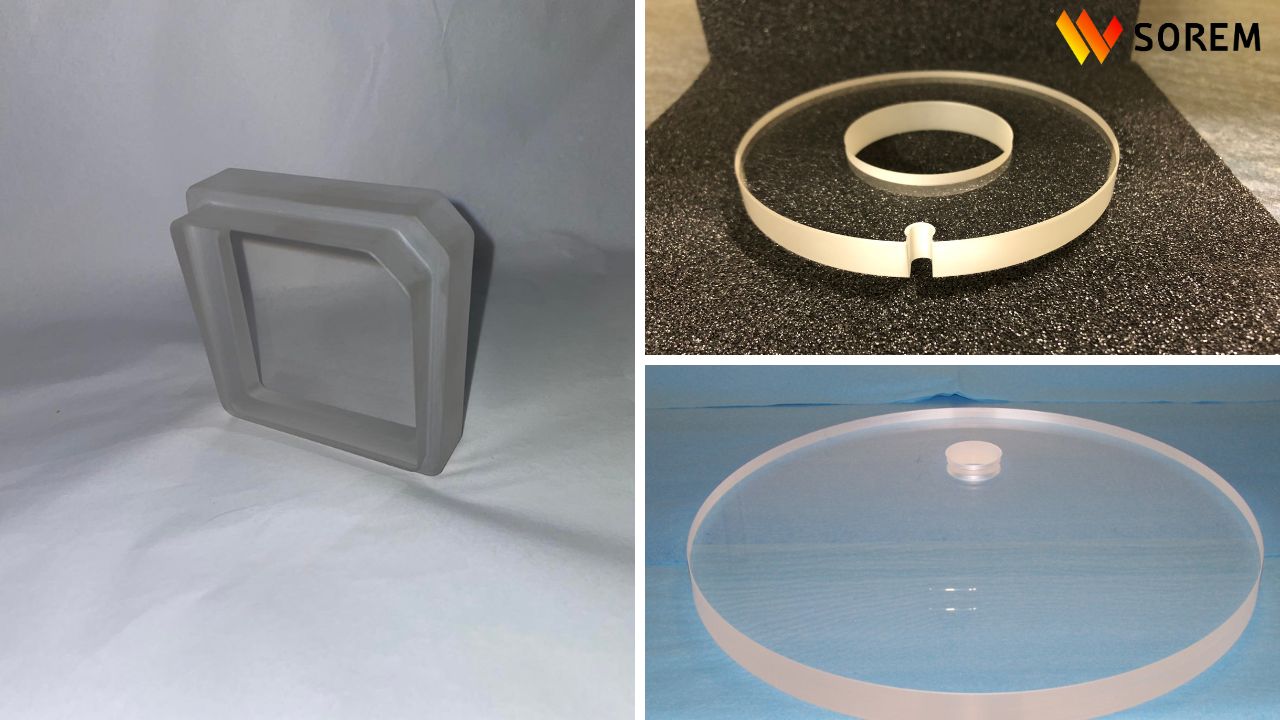
With a long experience and international reputation in the machining of sapphire, SOREM has had the opportunity to design and manufacture many sapphire windows for various applications.
For example, SOREM designed and manufactured two custom-made sapphire windows for MBDA, one of the world leaders in missiles and missile systems. These optical windows, which were intended to observe the operation of an engine within a test vein, had to meet high criteria of resistance and performance.
SOREM also made a custom-made sapphire window for an experiment conducted by a PhD student from the Ecole Nationale Supérieure de Mécanique et d’Aérotechnique (ENSMA). This optical window, which had to withstand pressure of 40 bar, displayed a high mechanical resistance to vibrations.
Optical windows have many types of uses. Industry, research institutes and laboratories, for example, use optical windows to conduct tests, carry out measurements, inspections, and for applications in the field of spectroscopy. Optical windows make it possible to separate two different environments while letting light through. Designed to work in all areas of the spectrum (UV-VIS-IR), a window can be manufactured from several materials.
The choice of material depends on factors such as transmission, hardness, density, refractive index, coefficient of thermal expansion and chemical resistance. In this context, sapphire is a material of choice for the design of high-performance windows.
Sapphire windows: for use in harsh environments
Optical sapphire (corundum family), also known as synthetic sapphire, is distinguished by high-performance mechanical, thermal and optical characteristics. Sapphire, which is aluminum oxide in its purest form (no porosity or grain limit), is theoretically dense.
This birefringent material is known for its hardness (Mohs 9 – Knoop 1370) It is one of the hardest materials after diamond. Highly scratch-resistant, sapphire provides consistent optical clarity even in abrasive conditions. It also has a high chemical inertness (inert to common alkalis and acids, insoluble in water) essential for optical applications, particularly in the medical and pharmaceutical fields (maintaining the purity of surrounding substances).
Sapphire can be used up to 1000°C. This maximum temperature rating makes it an ideal material for optical windows for high-temperature combustion chambers or furnace systems. Optical sapphire, with a density of 3.95 – 4.03, also has excellent resistance to pressure and thermal shock. Sapphire windows are recommended for harsh environments: high pressure, vacuum, corrosive atmospheres, high temperatures, etc.
Finally, sapphire has a good transmission from UV (200nm) to infrared (4.5 μm) without the addition of any treatment (anti-reflection, filter). Sapphire windows can be used for experiments or research requiring the use of a visible and/or infrared (near/medium) camera.
Ultrasonic technology for high-quality sapphire portholes

The manufacture of sapphire windows requires special tools due to the hardness of the material. Machining of sapphire is possible thanks to the use of ultrasonic technology (shape reproduction process by abrasion). This expertise is essential for designing and manufacturing sapphire windows that are highly resistant and have excellent transparency. The manufacturing time, which can range from a few hours to several days, depends on the complexity of the optical part.
SOREM, a subsidiary of Wintech Groupe, is one of the few companies to machine sapphire in Europe. Our long experience and know-how in polishing sapphire, coupled with the use of ultrasonic technology, allows us to adapt this hard material to many projects and applications.
More generally, there are two types of optical windows produced by ultrasonic machining: “parallel” windows used to minimize distortion of a transmitted beam of light of a specific wavelength and “prismatic” windows used to direct transmitted light at a specific angle and reduce rear reflection. Ultrasonic machining also makes it possible to design custom windows to meet precise specifications.
Examples of sapphire windows

With a long experience and international reputation in the machining of sapphire, SOREM has had the opportunity to design and manufacture many sapphire windows for various applications.
For example, SOREM designed and manufactured two custom-made sapphire windows for MBDA, one of the world leaders in missiles and missile systems. These optical windows, which were intended to observe the operation of an engine within a test vein, had to meet high criteria of resistance and performance.
SOREM also made a custom-made sapphire window for an experiment conducted by a PhD student from the Ecole Nationale Supérieure de Mécanique et d’Aérotechnique (ENSMA). This optical window, which had to withstand pressure of 40 bar, displayed a high mechanical resistance to vibrations.

